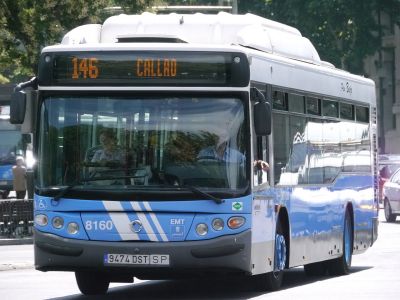Modelling transportation systems

Iveco Irsibus
By Braniff747SP (Own work) [CC BY-SA 3.0 (http://creativecommons.org/licenses/by-sa/3.0)], via Wikimedia Commons
An EU team modelled transportation networks to improve operations in all conditions. The study combined two kinds of models, which together lead to more effective control.
Transportation networks have never been more vital to society nor so
interconnected, and both conditions will probably increase in the
future. Hence, it is important to keep the networks operating
effectively during both routine and extreme situations.
Doing so requires quantitative modelling of the networks and their
properties. Providing such modelling was the goal of the EU-funded
project 'A novel mathematical framework for the modelling and the
analysis of transportation networks' (MANTRAS). The single-member
project was administered under the Seventh Framework Programme's (FP7)
Marie Curie Action programme, and operated from the start of 2010 to the
end of 2013.
The aim was to develop and connect two different but compatible
kinds of descriptive formal models to represent, analyse and control the
networks. The model types were Discrete Event Systems and Stochastic
Hybrid Systems. Additionally, the research team planned to apply the
models to the analysis and control of certain kinds of transportation
networks.
Project work included plans to produce theoretical results that
establish further investigations. The studies were expected to have
significant industrial, social and environmental impact.
published: 2015-02-25

